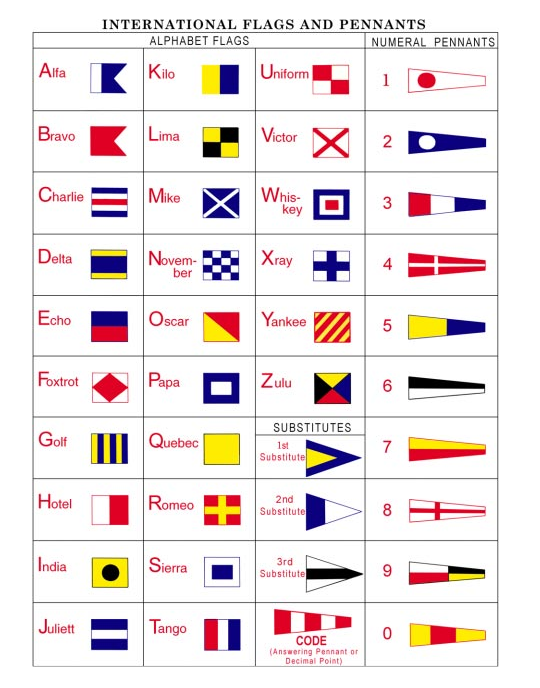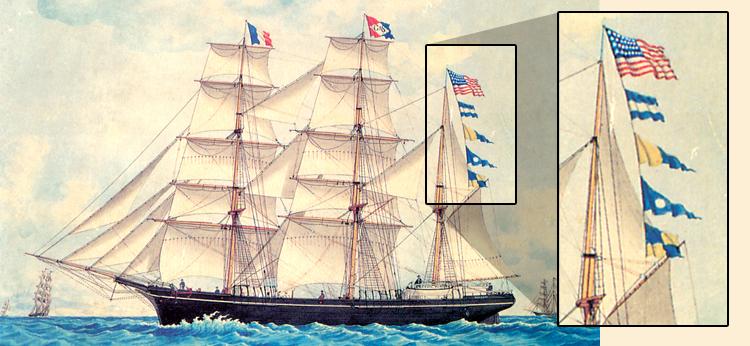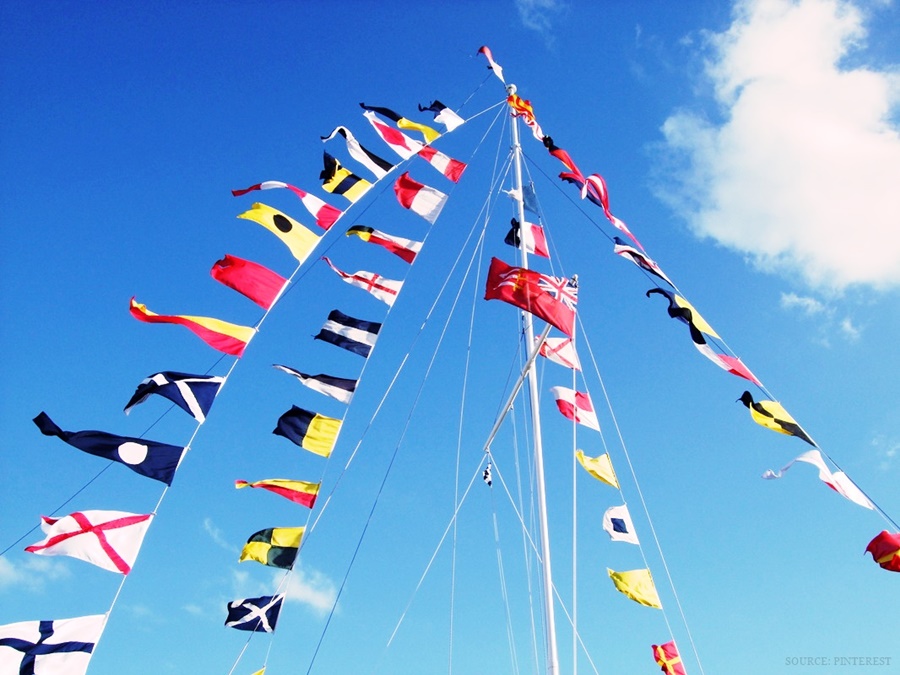One of the most recognizable sights aboard vessels of all shapes and sizes are the individual nautical flags that are flown at sea. These colorful flags are not just for decoration, however; they are important tools for communication while at sea.

There is a unique flag for each letter of the NATO phonetic alphabet so that sailors aboard vessels out at sea can send messages to each other in the event of radio failure. Additionally, there are flags for each single-digit number as well as several unique signal flags. These flags are extremely important safety equipment to have aboard vessels so that they can communicate their movements to other nearby boaters.
Seabourne vessels first started using these modern signals in the 1960s following the lessons that sailors had learned during the Second World War. With the establishment of the NATO phonetic alphabet, sailors had a standardized code that they could use to transmit messages that they knew would be understood.

While they work as fun, nautical-themed decorations, signal flags are an important part of sailing that can help rescuers out in tricky situations. Their use as naval codes is also a nice tradition that sailors keep to this day.


Recent Comments